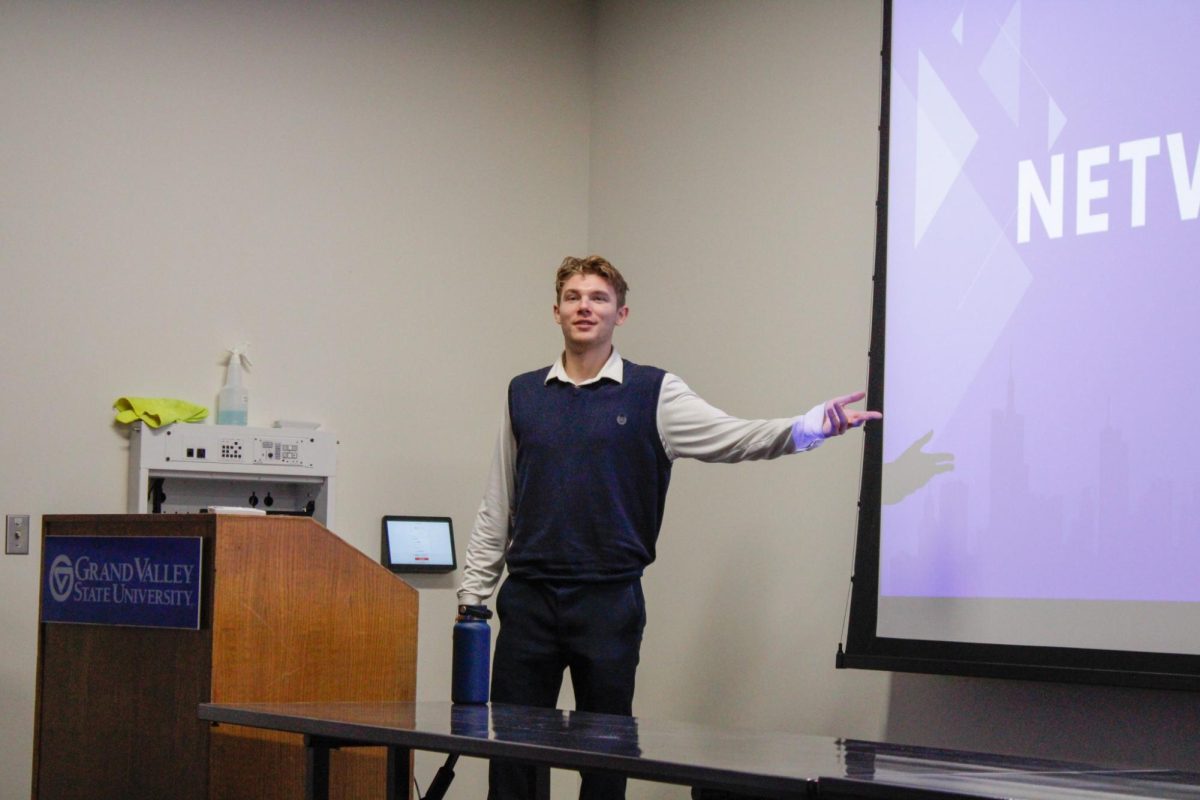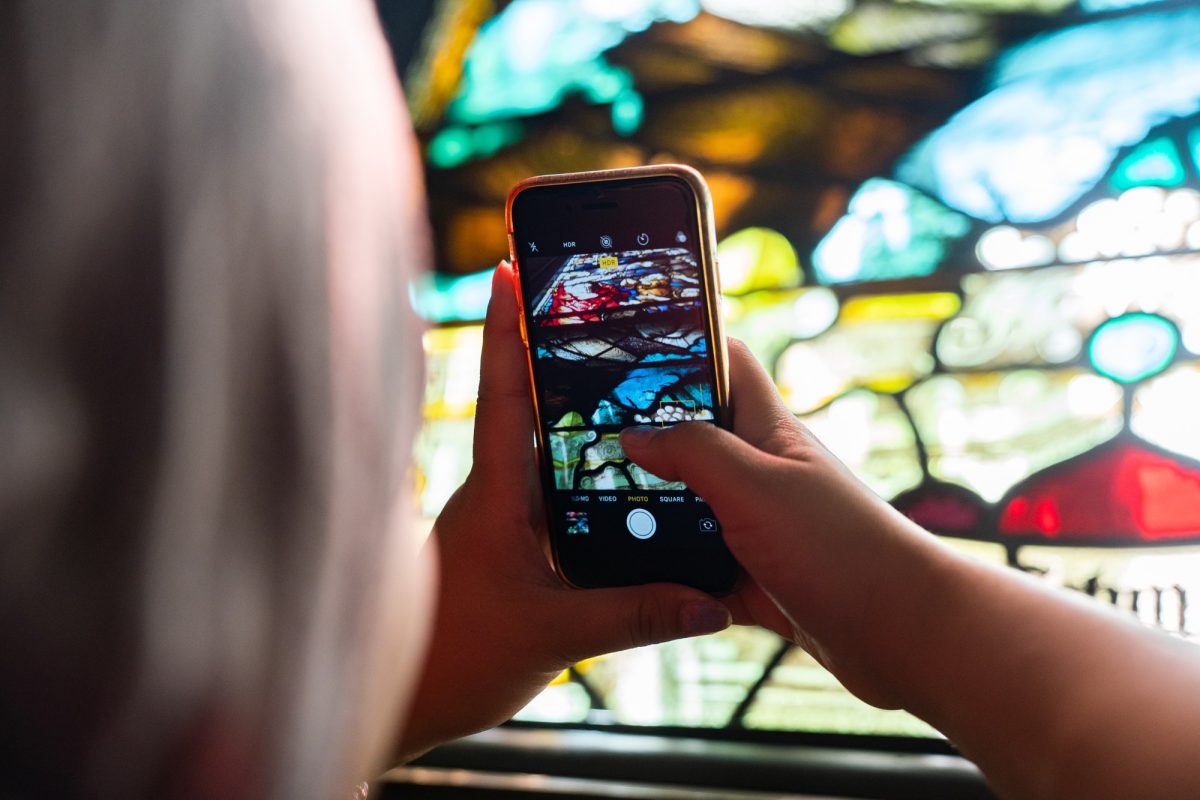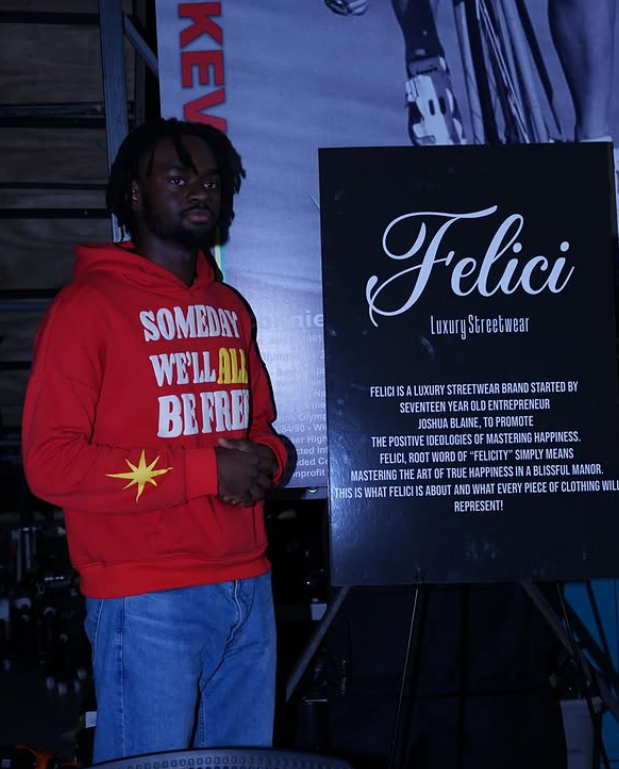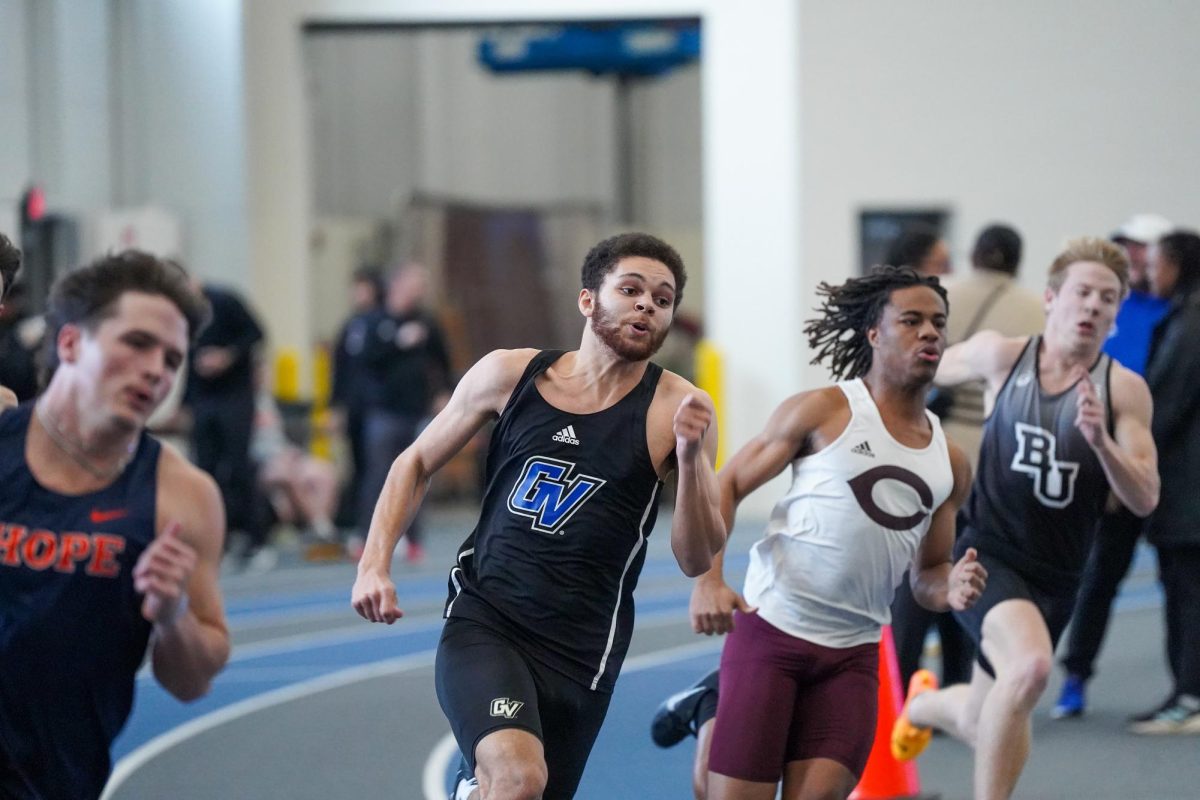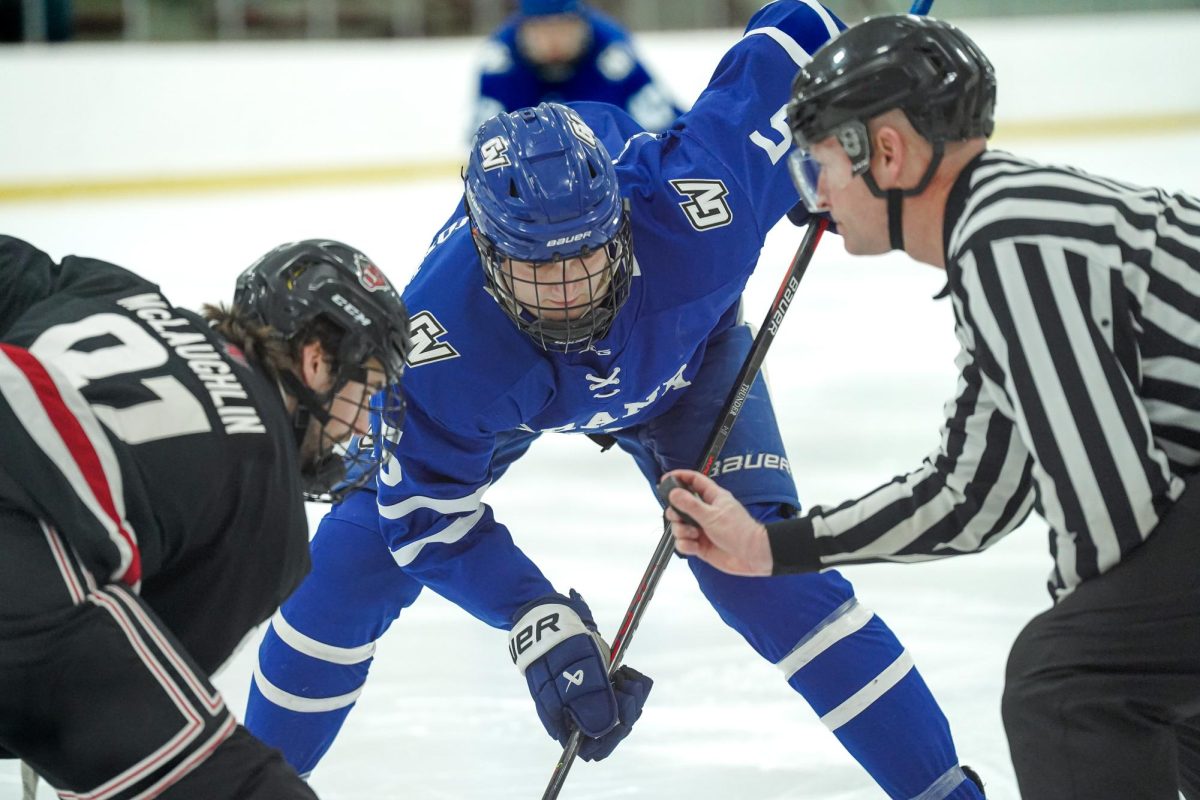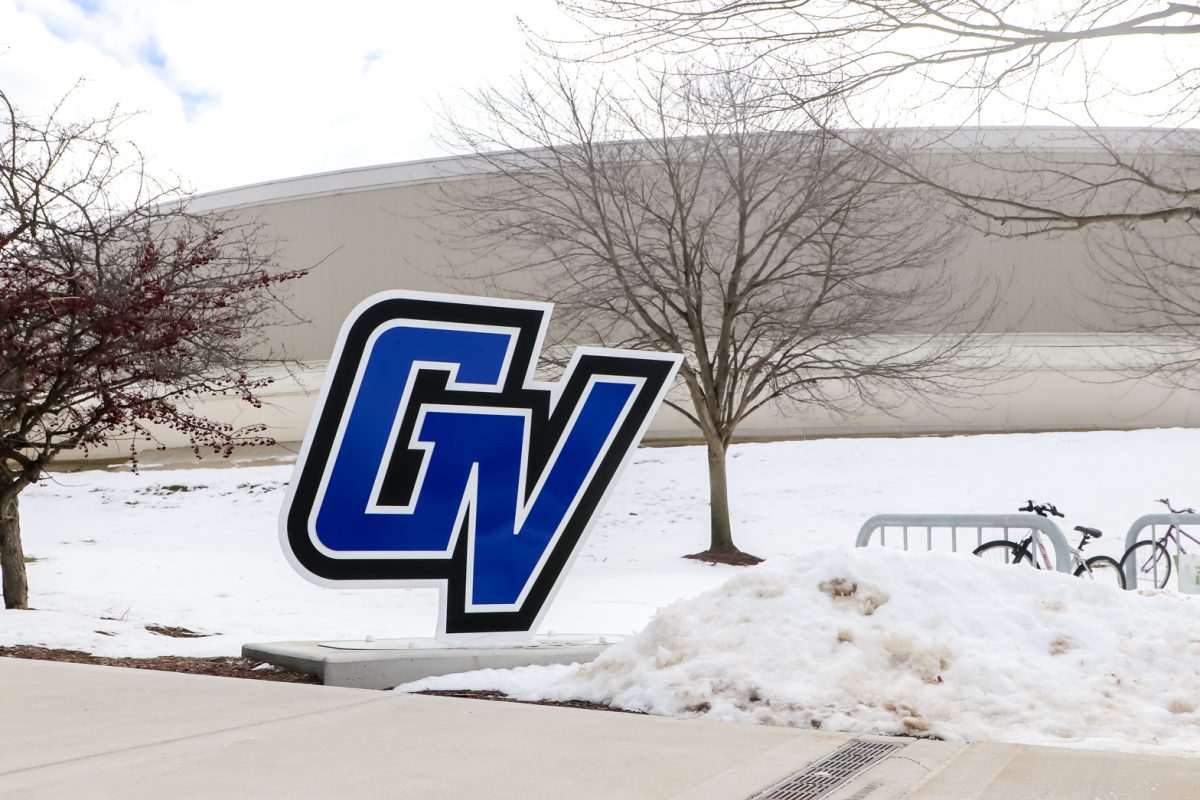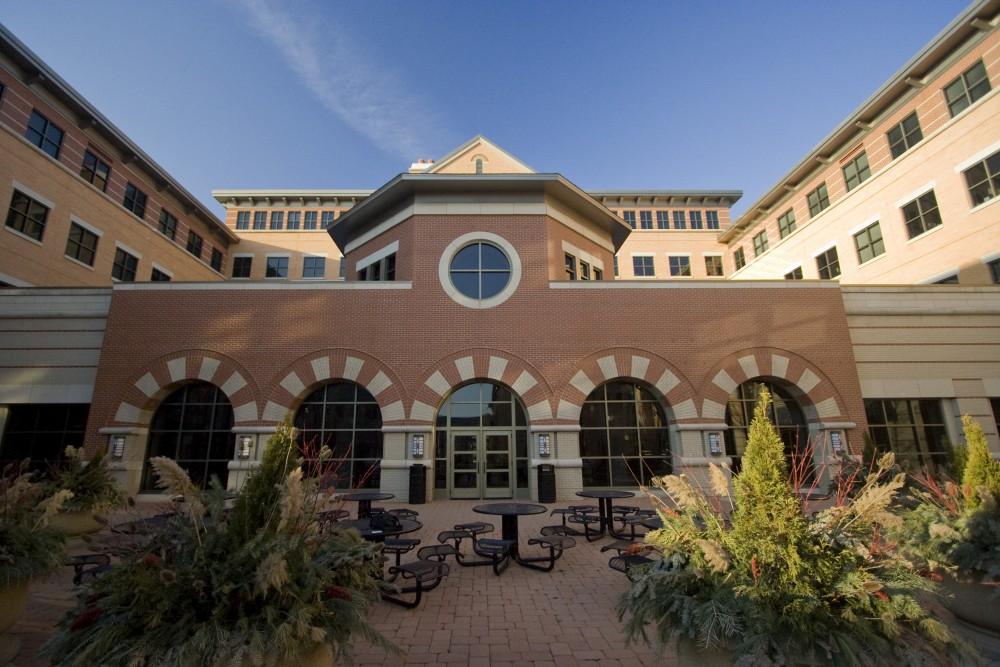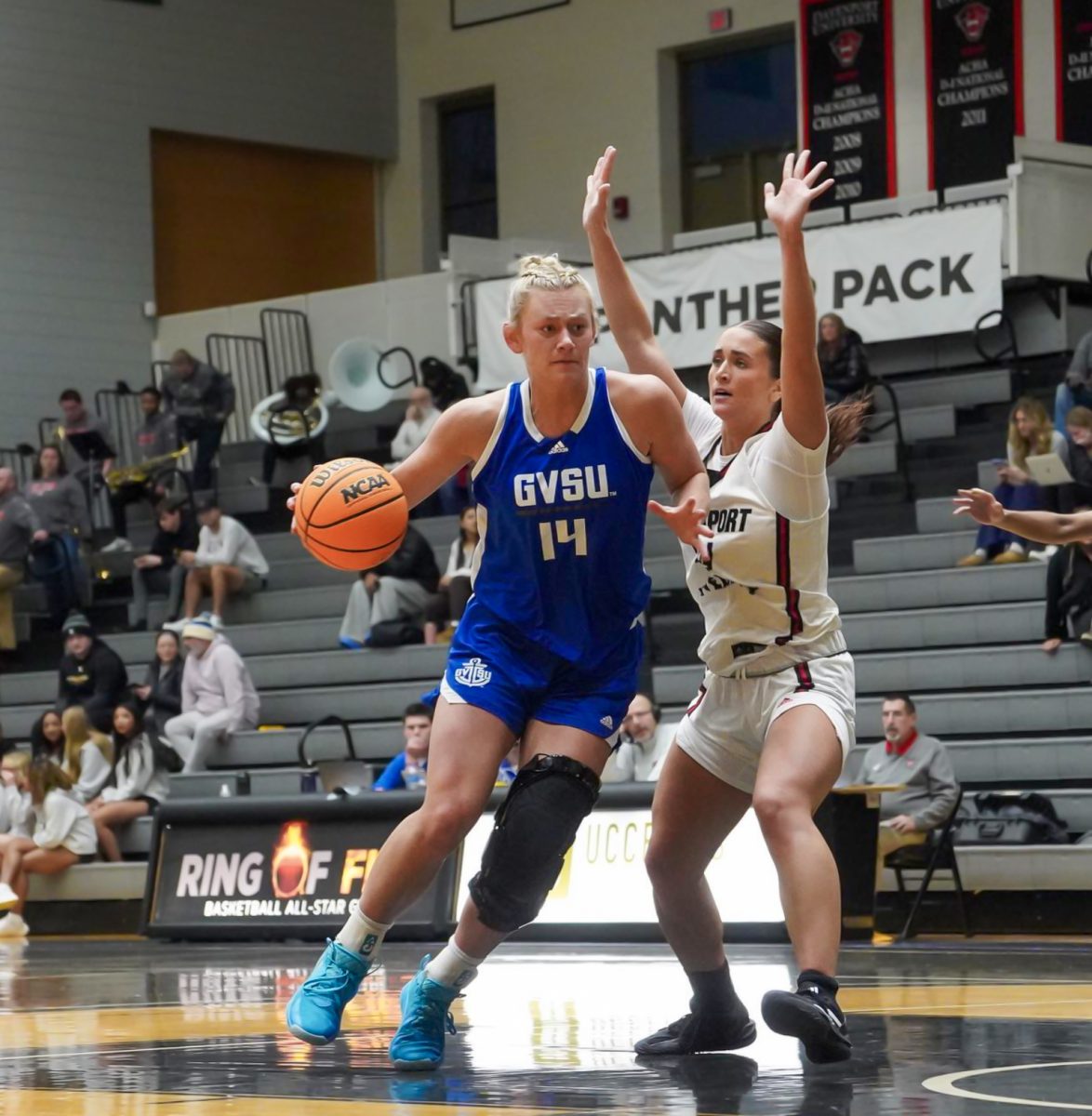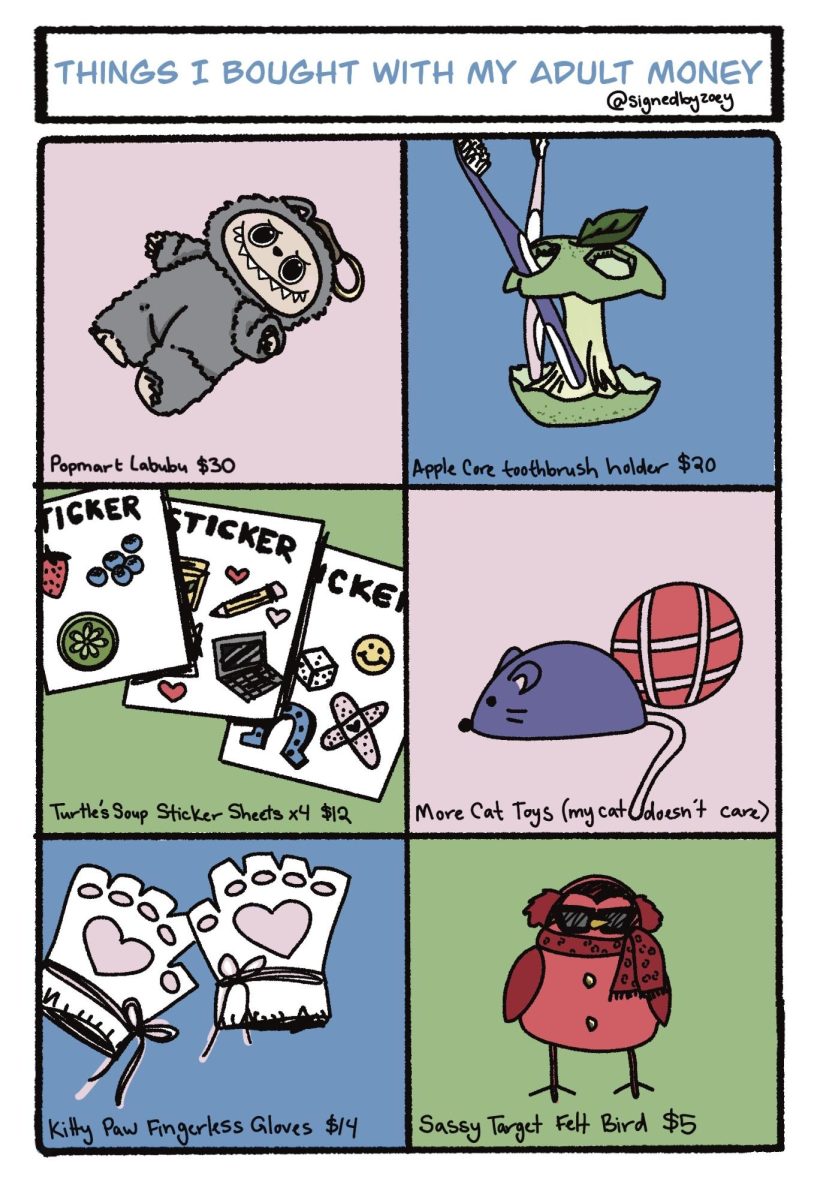GV celebrates Asexual Awareness Week
Nov 2, 2020
During the week of Oct. 19-23, Grand Valley State University’s LGBT Resource Center held it’s third annual Asexual Awareness Week celebration. While asexual and aromantic identities are celebrated throughout the year with the student-run club Ace of Clubs, the Center holds a celebration near the end of October specifically targeted towards asexuality.
Under normal circumstances, the celebration would be held in person and include educational games and activities for attendees to participate in while enjoying cake at the end. However, due to COVID-19 restrictions, the center hosted a Zoom meeting on Oct. 20 to discuss and celebrate asexual and aromantic identities.
“Regardless of platform, the goal is to provide a fun opportunity for all members of our campus to learn more about the asexual and aromantic community — to become familiar with the terminology and concepts related to the asexual/aromantic community and to learn to identify and interrupt harmful myths and stereotypes about asexual and aromantic people,” said Marla Wick, Associate Director of the LGBT Resource Center.
This then sparks a question for those outside of the LGBTQIA+ community: what is asexuality and what is the importance of celebrating this identity?
“In the glossary we have compiled in the LGBT Resource Center, we use the following definition (of asexuality): ‘A sexual orientation generally characterized by having little or no sexual and/or romantic attraction or desire for partnered sexuality. Asexuality is distinct from celibacy, which is the deliberate abstention from sexual activity,’” Wick said. “I would add that asexuality also functions as a sort of umbrella term in the initialism (LGBTQIA+) that includes a broad range of experiences with sexual and romantic attraction.”
The asexual and aromantic communities are often marginalized or even erased within and outside the LGBTQIA+ community. There seems to be a common belief that a “good” or “healthy” relationship must include some form of sexual or romantic connections.
However, in order to acknowledge and celebrate all sexual and gender identities, there has to be an understanding that there are many ways for someone to live a healthy and fulfilling life. By celebrating asexuality, these beliefs and narratives about what is considered valid self expressions are challenged and reshaped in positive ways.
“It’s important for people of all genders and sexual orientations to be able to be themselves and not feel like they have to hide who they are,” Wick said. “Asexual lives and relationships and communities are valid.”
In addition, allyship is an important factor in celebrating and normalizing asexual and aromatic identities.
“Practicing allyship to marginalized communities means, at a really basic level, getting better at listening and believing people when they tell you who they are and what they experience,” said Wick.
GVSU’s LGBT Resource Center has worked hard to promote allyship for the asexual and aromantic communities — one way being intentionally using the initialism LGBTQIA, which includes the “A” for asexuality. The center also holds their educational workshop Queer & Trans 101, which covers the basics of sexual and gender diversity and the exclusionary assumption people tend to make, such as assuming gender based on a person’s appearance.
There are also many resources for students who identify as asexual or aromantic to express themselves and celebrate their identity. Ace of Clubs, which meets bi-weekly in the evenings, creates a supportive and welcoming space for asexual and aromantic students to find a community within GVSU. In addition to on-campus resources, students can also check out the Asexual Visibility and Education Network, or AVEN, at www.asexuality.org to find information and resources created by and for members of the asexual community.







